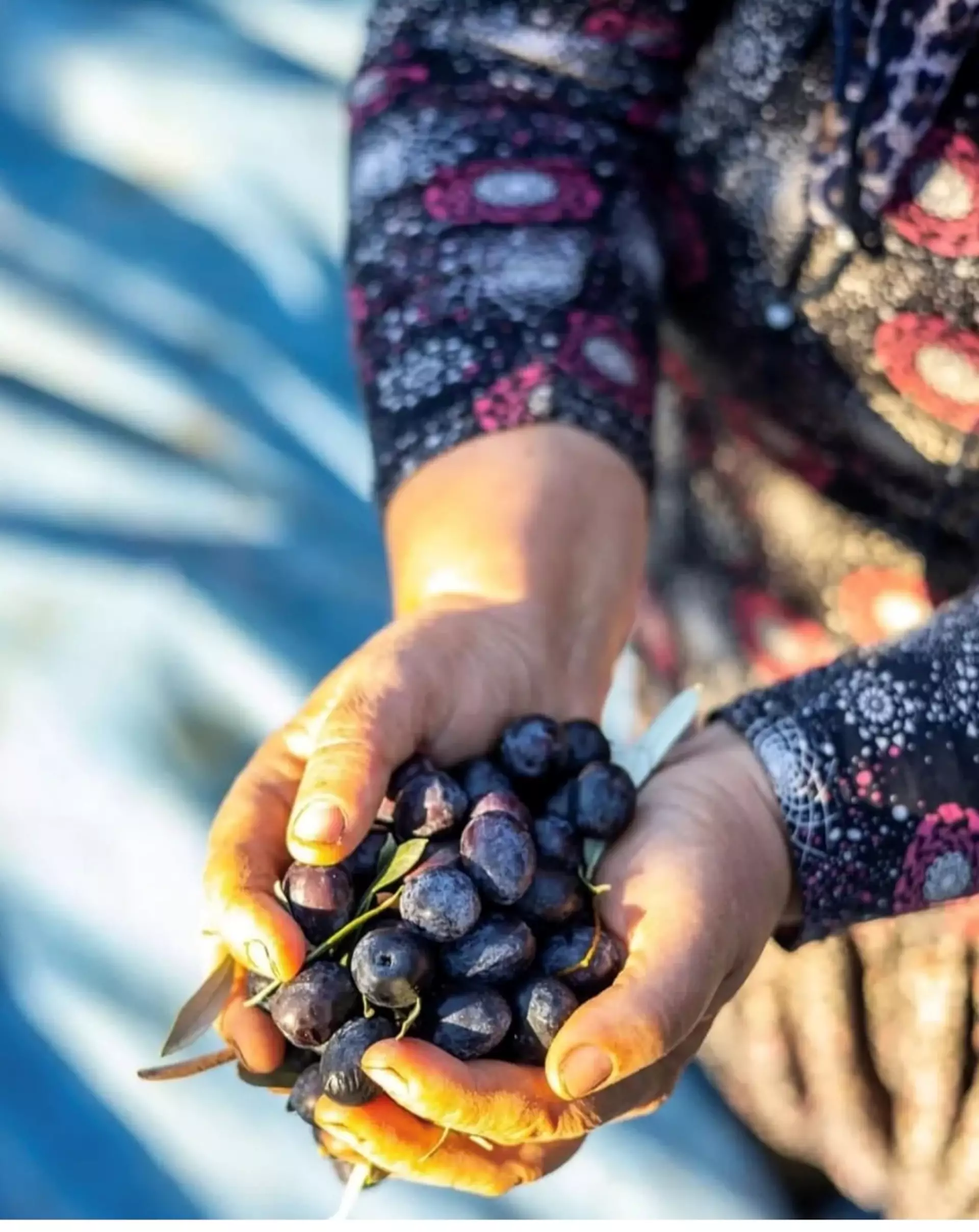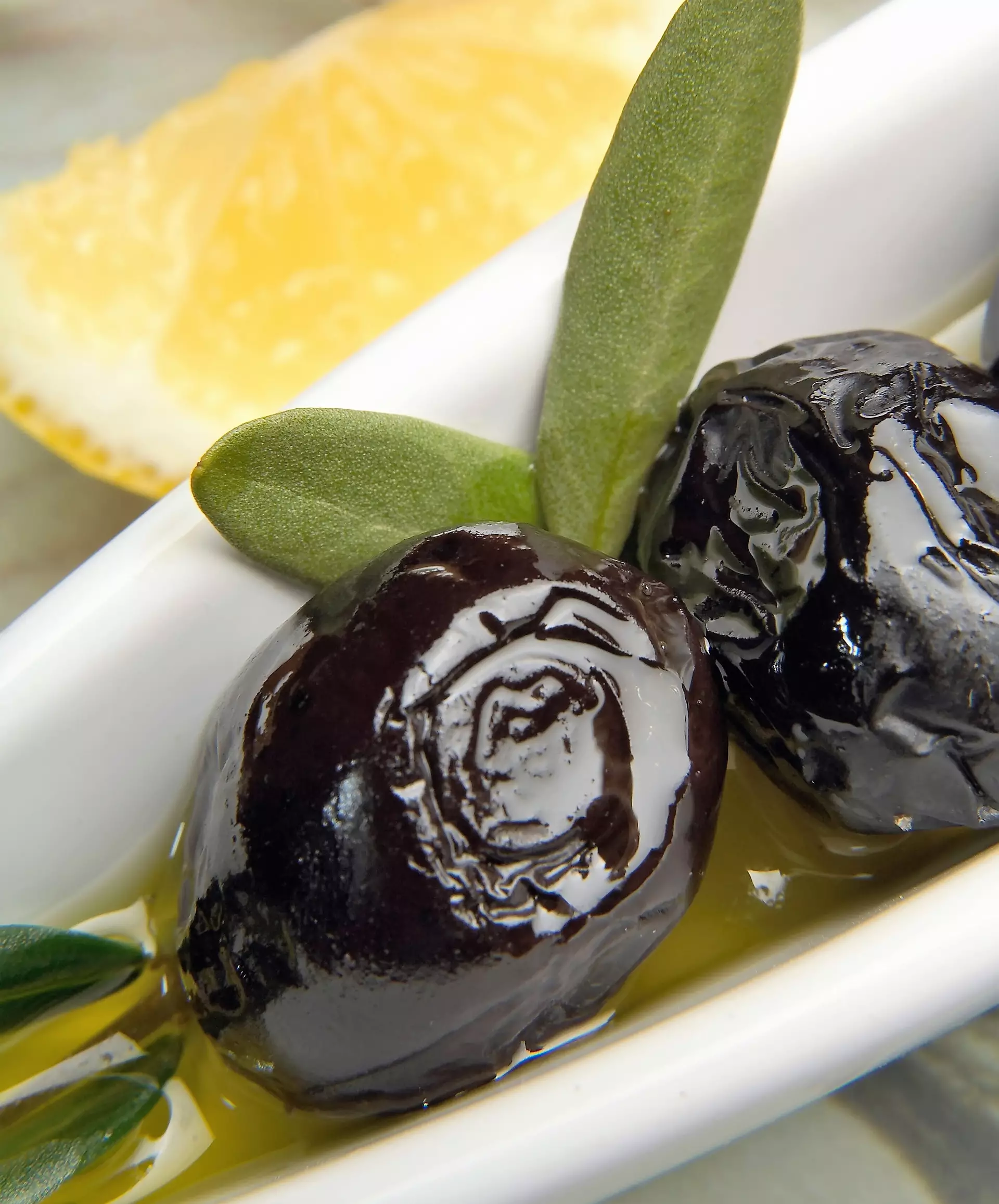Blog 4.04.2024
The Place of Olives in the World and Turkey

Olive, a Mediterranean plant, has found the opportunity to spread in almost all of the countries surrounding the Mediterranean. The olive, which can grow naturally even in the worst soil conditions, is also described as nature's first tree.
The olive tree is a plant that starts producing crops economically between the ages of 6-10 and reaches the age of 80-100. Approximately 65% of the olive groves in our country are located on sloping, mountainous and hillside lands. Therefore, cultural care measures cannot be applied and as a result, the amount of product obtained varies from year to year. This periodicity is colloquially called 'year of presence' and 'year of absence'. Olive fruit is a healthy and useful food that is served at breakfast in our country and used to decorate many dishes, especially salads, and is also enjoyed with pleasure. Olive fruit is presented to our tables as various specially made green olive and black olive pickles. Olive harvest is done between October and January in our country. Natural olives are subjected to natural fermentation in brine at a concentration of 10% for 9-10 months. The history of olives, the world's healthiest and natural source of vegetable oil, dates back 8,000 years. Olive, which has been the source of many legends throughout its historical development, has been included in the inscriptions and holy books of ancient civilizations. Additionally, the olive has been considered a symbol of peace for centuries, as a white dove returned to Noah's ark with an olive branch in its mouth as a sign of vitality after the flood. There are approximately 900 million olive trees in an area of approximately 10 million hectares in the world. 98% of the world's olive trees are concentrated in the countries located in the Mediterranean basin. Turkey is among the world's important olive and olive oil producing countries (Spain, Italy, Greece, Portugal, Tunisia, Syria, Morocco, Algeria) due to its Mediterranean climate characteristics. The number of olive trees in Turkey is estimated to be 168 million as of 2015.
It is estimated that 70 million of these trees are in the Aegean Region, 26 million in the Marmara Region, 24 million in the Mediterranean Region, and the rest in the Southeastern and Black Sea regions. Approximately 500,000 families earn their living from olive cultivation. 65-70% of the olives produced in Turkey are processed for oil and 30-35% for table use. In the Marmara Region, there is a situation opposite to Turkey and the world; More than 80% of the olives produced are considered black table olives. Aydın, İzmir, Muğla, Balıkesir, Bursa, Manisa, Çanakkale, Tekirdağ and Hatay are our important olive producing provinces. Although Turkey is among the world's leading olive and olive oil producing countries and has recorded significant increases in olive oil production in the last 5 years, the effect of periodicity (production being less one year and more the next year) arising from the nature of olives has still not been reduced. However, in most of the countries with developed olive cultivation, the effect of periodicity has been reduced to a very low level by performing the necessary maintenance procedures.



